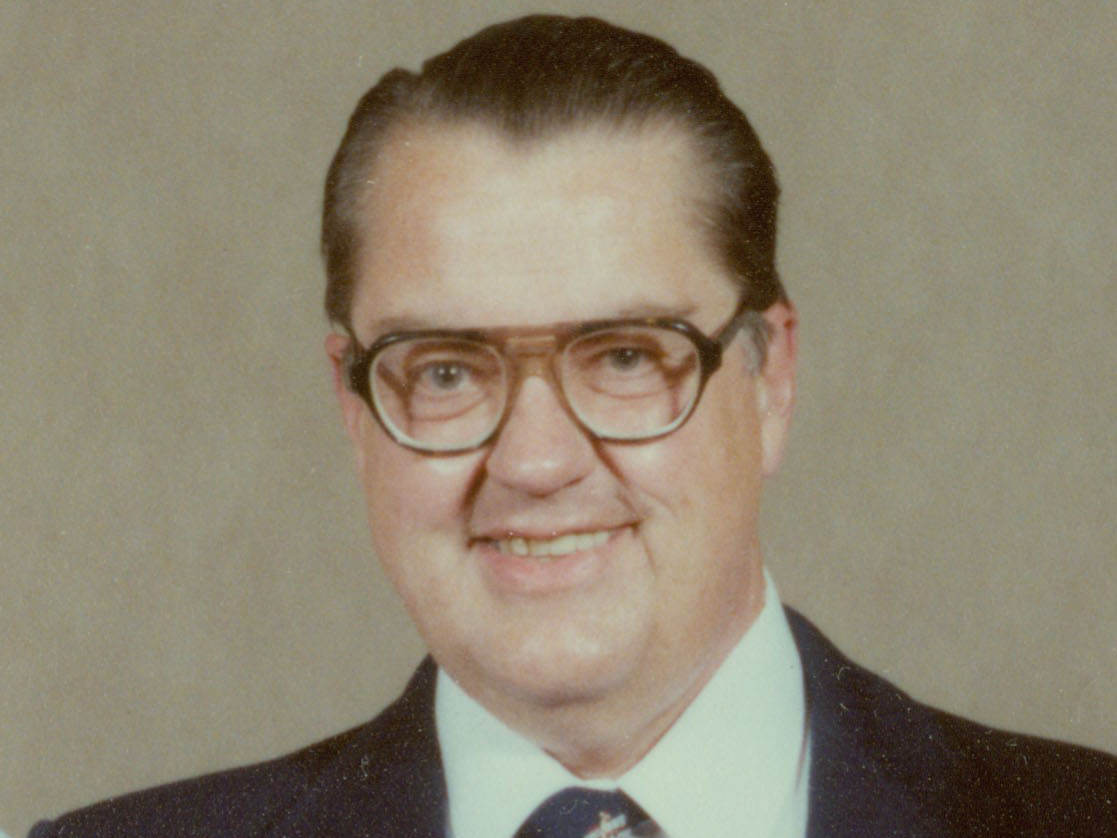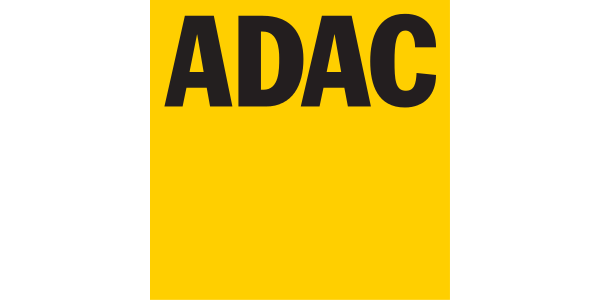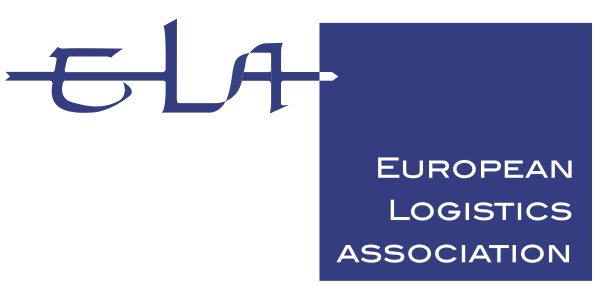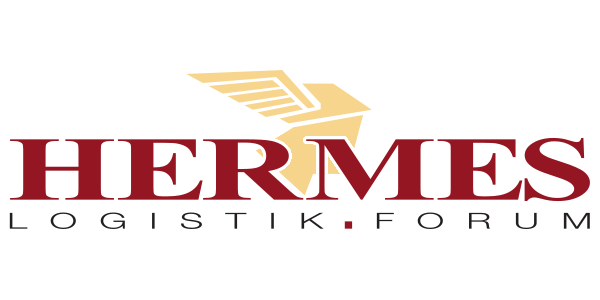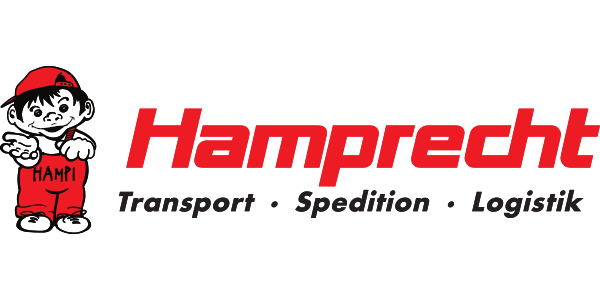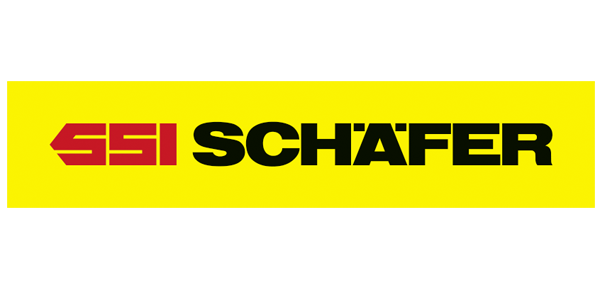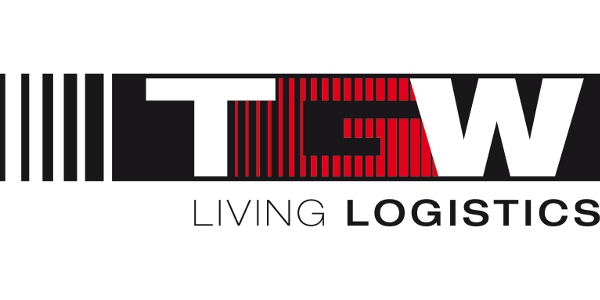Norman Joseph Woodland, George Laurer, Bernard Silver
Norman Joseph Woodland, George Laurer, Bernard Silver: Inventors of the barcode
Students Norman Joseph Woodland and Bernard Silver devised the technology that led to barcodes. George Laurer is considered the inventor of the present UPC barcode standards.
Norman Joseph Woodland
| Field | IT, identification technologoy |
| Country | USA |
| Born | September 6, 1921 in Atlantic City, New Jersey, USA |
| Died | December 9, 2012 in Edgewater, New Jersey, USA |
| Induction into the Logistics Hall of Fame | 2016, Federal Ministry of Transport and Digital Infrastructure, Berlin, Germany |
| Congratulary Speaker | Prof. Dr. Katja Windt, President of the Jacobs-University in Bremen, Germany |
Bernard Silver
| Field | IT, identification technologoy |
| Country | USA |
| Born | 1925, USA |
| Died | August 28, 1963, USA |
| Induction into the Logistics Hall of Fame | 2016, Federal Ministry of Transport and Digital Infrastructure, Berlin, Germany |
| Congratulary Speaker | Prof. Dr. Katja Windt, President of the Jacobs-University in Bremen, Germany |
George Joseph Laurer
| Field | IT, identification technologoy |
| Country | USA |
| Current position | Retired in 1987, lives at Wendell, North Carolina, USA |
| Born | September 23, 1925 in New York, USA |
| Induction into the Logistics Hall of Fame | 2016, Federal Ministry of Transport and Digital Infrastructure, Berlin, Germany |
| Congratulary Speaker | Prof. Dr. Katja Windt, President of the Jacobs-University in Bremen, Germany |
-
Benefits for logistics
- The barcode which has revolutionised logistics. Automatic tracking, automatic inventory optimisation, optimised storage strategies and many other logistical innovations would be inconceivable without the barcode.
- Barcode technology makes goods machine-readable and is characterised by a wide range of applications. It has significantly streamlined all sequential entry processes previously performed by manually logging or entering numbers in data processing systems. A big advantage of the system is that it rules out human errors like mistyping or spelling mistakes.
- Probably the most common everyday use of the barcode is for processing payments at self-service supermarkets. Barcode technology has found its way everywhere in this sector. The current price, the article description and other details are stored for each code in the stock management system. At the same time, this allows checks on stock levels and as soon as the stock reaches a critical point the ordering process will be triggered automatically. Each scan is confirmed by an acoustic signal that instantly tells cashiers that the product was entered.
- Barcode technology can be found in many fields of logistics. As a goods detection method, it has played an important role in order picking for a long time. Besides the actual products, the order documents are scanned. A code is either printed on or affixed by label. This allows accurate matching of the ordered goods and the order picking.
-
Vita N. J. Woodland
Norman Joseph Woodland was born on September 6, 1921 in Atlantic City (New Jersey). He graduated from Atlantic City High School and in 1947 obtained his Bachelor in Mechanical Engineering at Drexel University. During World War II, he was a technical assistant in the Manhattan Project in Oak Ridge. In 1948 - 49 he was a lecturer at Drexel University before joining IBM in 1951. At IBM he took on a key role in developing the Universal Product Code. In 1973, Woodland was awarded the IBM Corporate Technical Achievement Award, while in 1998 he got an honorary doctorate from Drexel and received from US President George W. Bush, the National Medal of Technology. Woodland retired in 1987. He died at his home in Edgewater, New Jersey on December 9, 2012, aged 91.
-
Vita B. Silver
Bernard Silver was born in 1925. In 1948, he received his Bachelor of Science in Electrical Engineering at Drexel Institute of Technology, where he worked as a physics teacher until his death. He was also Vice-President of Electro Nite Inc. Silver died in a car accident on August 28, 1963 at the age of 38.
-
Vita G. J. Laurer
George Joseph Laurer was born in New York, NY, on September 23, 1925. After returning from World War II, he began training as a radio and television engineer. After a year, he moved to the University of Maryland, where he graduated in 1951 as a Bachelor of Science in Electrical Engineering. That same year he embarked on his 36-year career as an engineer at IBM. He retired in June 1987. Laurer has 25 patents and numerous awards to his name, including the Raleigh, N.C. Inventor of the Year 1976, and the IBM Corporate Technical Achievement Award for his work on the UPC code. Laurer now lives in Wendell, North Carolina
-
Merits
- Students Norman Joseph Woodland and Bernard Silver developed the technology that led to the barcode. George Laurer is considered the inventor of the present UPC barcode standards.
- Norman Joseph Woodland has left his mark on modern retail trade. He was the man behind the first idea for a barcode for identifying goods. As a boy scout, Woodland learned Morse code, which later became the basis for his idea for the barcode. He studied mechanical engineering, worked in World War II as a technical assistant and later became a lecturer at Drexel University. In 1948, his colleague Bernard Silver heard a supermarket boss loudly express the wish to be able to identify automatically at the cash desk which products had been sold. He told Woodland about it. Subsequently, the two engineering students developed a system that printed product details on goods in fluorescent ink and read them out using ultraviolet light. But the idea proved impractical for mass usage. According to accounts, Woodland was sitting on the beach one day when Morse code came into his mind and he used four fingers to draw lines at different distances in the sand.
- In 1949, he applied for a patent for his idea, based on Morse code, using black and white bars. The patent was granted three years later (patent number: 2,612,994, "Woodland and Silver Patent"). Silver and Woodland sold the patent for $15,000 to electronics company Philco.
- The first barcode consisted of four white lines on a dark background. This allowed classification of seven different articles. With ten lines, it was possible to encode 1,023 different articles. However, scanning the barcodes proved a problem. The first devices were too bulky. It took another two decades until handheld scanners were usable to read the barcode.
- IBM become involved in 1971 when Woodland was transferred to North Carolina, where he held a key position in the development of the Universal Product Code (UPC). The barcode was set to become commonplace.
- The barcode became a success mainly because of pressure exerted by US supermarket chain Wal-Mart. In the United States, dealers and manufacturers agreed on a standard called the Universal Product Code (UPC), designed by IBM engineer George Laurer. On June 26, 1974, a cashier scanned the first product with this barcode at a supermarket checkout in Ohio – a fruit gum ten-pack. The code was based on the idea that first came about in the 1940s.
- In Europe, a similar variant was adopted as EAN (European Article Number) in 1976. After long negotiations, industry representatives from twelve European countries agreed a uniform number system, the later EAN. In Germany, the predecessor organisation of GS1 issued the first number blocks in 1976.
- At supermarket checkouts this innovation went largely unnoticed for a long time. The first checkout scanner was installed in October 1977 at a supermarket in Augsburg. In Austria, supermarket chain Billa was the first to equip two branches with scanners in 1979. Until then, the code was not widely used by suppliers either.
- The first barcode was printed in Germany 30 years ago, on July 1, 1977, by the now defunct Wichartz company in Wuppertal, on its spice mixtures. It was not until the first half of the 1980s that scanner and barcode technology made a breakthrough. According to GS1, almost all foods sold in Germany had a barcode from 1984 onwards. By the late 1980s, scanner cash registers had reportedly been installed nationwide. There was one exception: Aldi Süd did not introduce scanner checkouts until 2000 and Aldi Nord only in 2003. Until then, the supermarket chains let their cashiers enter the data.
-
Videos



